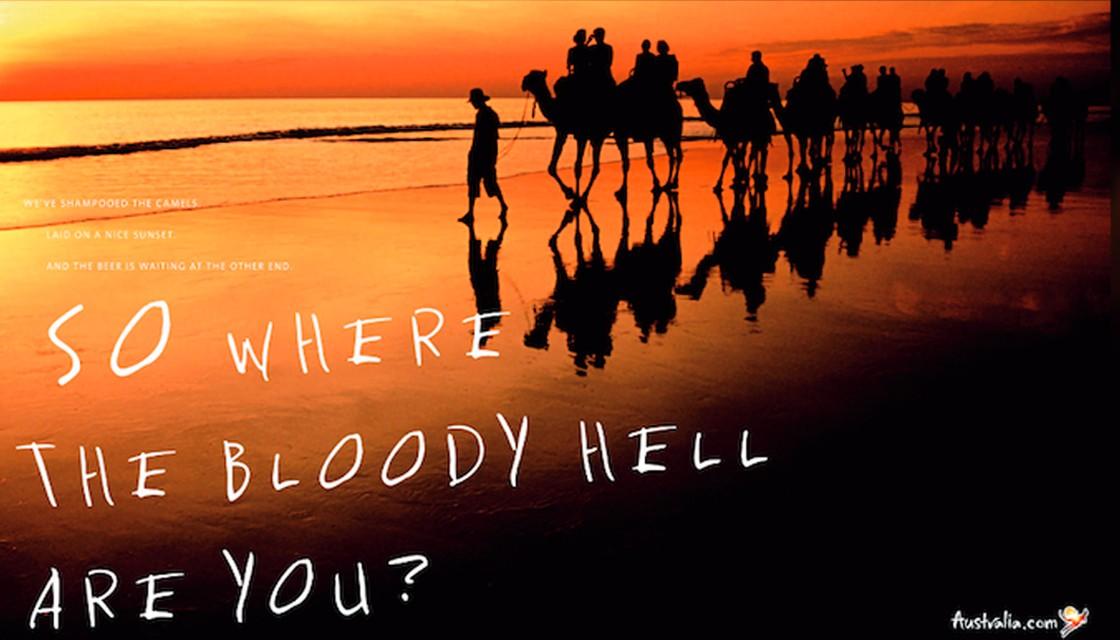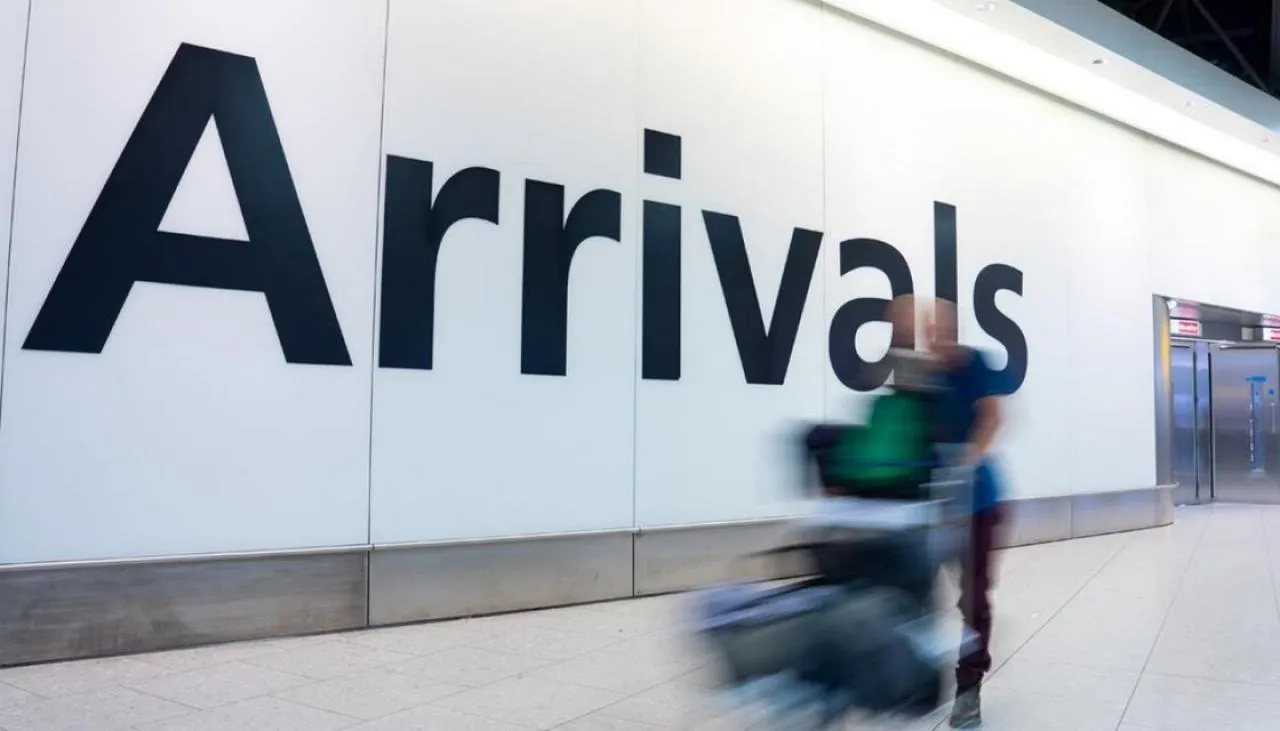Dr Eric Crampton
nzinitiative.org.nz
An old Australian tourism ad highlighted empty gorgeous beaches, wide-open spaces and asked viewers, “So where the bloody hell are you?”
The ad was top-of-mind as our family toured the South Island over school holidays.

Up to a million Kiwis live overseas. They all have the right to come home, and many desperately want to do so.
And it is not just Kiwis who might want to be in New Zealand, even with quarantine.
Millions of students in US universities face not only a year of online classes but also riots in the streets rather than normal student life. They could spend a fortnight in managed isolation at their own expense while doing online orientation. It would be fairly short holdup relative to the time they’d spend in the country.
Half of the US workforce shifted to remote work in May. If even one in ten thousand were able and willing to bring their job with them, their numbers would equal about a fifth of the nights spent in New Zealand by foreign visitors in pre-Covid times.
During the family’s school holiday tiki tour of the South Island, more than a few places were full of domestic tourists – like Tekapo and the surrounding ski slopes. But there were a lot of empty places as well where returning Kiwis, and others who might arrive safely, would be more than welcome.
So, where the bloody hell are they?
On the one hand, there are empty hotels and quiet hospitality venues. On the other, there are many Kiwis and non-Kiwis who would love to come to this country. What is blocking them is a managed isolation system struggling to scale up to meet demand.
Of course, it is critically important to ensure public safety. But that should not prevent the government from scaling up its quarantine system safely.
The New Zealand Initiative’s latest report suggests a few ways to do that.
Arrivals from places that are effectively COVID-free, like the Pacific Islands and Taiwan, are about as safe as arrivals from other parts of New Zealand. Opening the border to travellers from these locations would not only ease a looming humanitarian crisis in the Islands, but it would also reduce the burden on New Zealand’s managed isolation system.
People coming from riskier places must and can be made safe. The government must properly oversee and administer managed isolation. But the report suggests ways of enabling that system to safely scale up. It would also provide far more certainty for Kiwis wanting to return home.
Enabling the system to meet increased demand would not only do right by the Kiwis abroad desperate to return. It would help those who continue to bear the pandemic’s burden through family separation and economic hardship.
If you enjoyed this BFD article why not share it with a friend?









